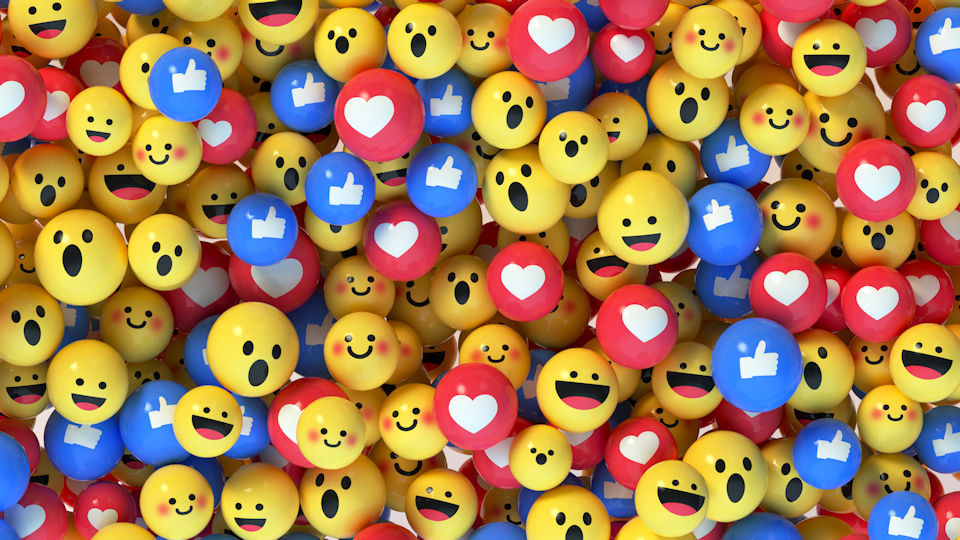How To Use Emojis To Boost Engagement And Make Your Brand More Fun was originally published on Forbes.com.
Emojis are a fun and engaging way to communicate online. From different kinds of smiley faces to hearts to thumbs-ups, emojis add a personal touch to our online interactions. You also can use emojis to boost audience engagement for your business. While emojis are not for everyone (we hear you, emoji haters) and not for every brand (think law firms, funeral homes, etc.), they can make your brand more fun.
Emojis are an excellent way to convey emotion and tone in text-based communication. They can help convey sarcasm, excitement, and humor in a way that text alone can’t, and they can help guide the reader to understand the intent of the copy. Think of the times you’ve read an email one way, only to find out that the sender’s intent was the opposite of how you felt. That happens in business communications as well.
Here are tips for using emojis in your business content.
Use Emojis Sparingly
First and foremost, make sure you use emojis in moderation. Overusing them can make your content appear unprofessional, so it’s important to use them sparingly. Try to limit your use of emojis to one or two per social media post, for instance, and don’t use them in every single post. Use them only where appropriate. For example, if you’re promoting a new line of athletic shirts, using a🏃runner emoji in a post could add a bit of fun.
Determine Which Emojis Fit Your Brand
Your brand has a specific voice and tone, and your emojis should reflect them. For example, if your brand is known for being lighthearted and fun, then emojis like the laughing face😂or the heart eyes face😍would be appropriate. On the other hand, if your brand is more serious, then you might want to use more neutral emojis, like the thumbs-up👍or the check mark✔️. Before creating your social media content calendar or planning out the month’s email, review all emojis available for use and make a useable list and a non-useable list. Provide this list to your copywriters and creative team to guide them in understanding what is approved for use and what should never be used for the brand.
Use Them To Emphasize Important Points
In addition to using emojis to convey emotions, you also can use them to emphasize important points in your posts. An example would be a post promoting a limited-time offer. Use an alarm clock⏰or siren emoji🚨to emphasize urgency or call attention to the expiration of the offer with a👉pointing finger emoji.
Use Them To Visually Represent Your Brand Or Product
Some brands and products naturally lend themselves to emoji use. A few examples include coffee shops (☕), bakeries (🎂), restaurants (🍔), event venues (🎉), grocery stores (🛒), fitness and yoga studios (🏋️ and🧘), and sports teams (🏀). Have fun with emojis, and get creative.
Use Them In Your Email Subject Lines
A very popular way of using emojis is in the subject line of your emails. Including one or two can help grab the recipient’s attention and make your email stand out in their inbox.
Use Them To Convey Your Tone
Emojis can help set the tone of your content. For example, if you’re sending an email to a client to thank them for their business, you could use the smiling face emoji to convey your gratitude.
Use Them To Break Up The Text
Large blocks of text can be daunting to read, and using emojis to break them up can add visual interest and make them more accessible and appealing to a wider audience. By incorporating relevant emojis throughout your newsletter, for example, you can make it easier for readers to scan and digest the content. But just like using them in any other method of communication, use them wisely and sparingly to emphasize a point or convey an emotion.
Whether you ❤️or 👎emojis, consider using them to complement your content. People react to those little graphics the same way we react to real human faces, which means using them can lead to more interaction with your content. So go ahead and give them a try. The results might just surprise you.




